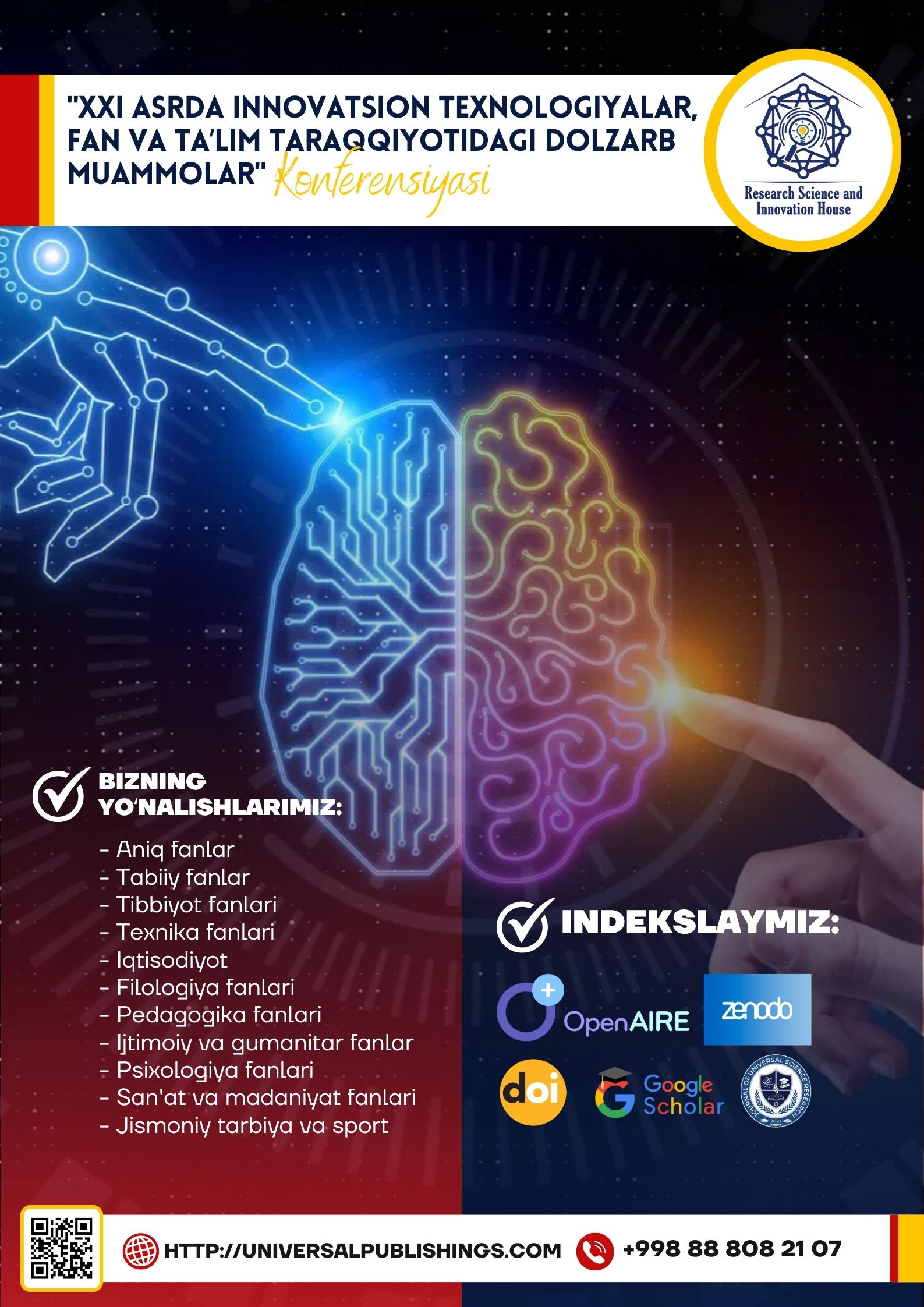Abstract
This article provides an in-depth exploration of American English pronunciation standards, tracing their historical development, key phonetic features, regional variations, and implications for English learners. The piece begins by discussing the origins of American English, highlighting the influence of early colonial settlers and the significant role of Noah Webster in standardizing the language. It then details distinct phonetic characteristics, such as rhoticity, vowel pronunciation, and stress patterns, which differentiate American English from other dialects, particularly British English. The article also emphasizes the diversity of regional accents within the United States, illustrating how factors like geography and cultural influences contribute to the unique sound of American English across different areas. Additionally, the implications for English learners are addressed, underscoring the importance of mastering pronunciation for effective communication and cultural understanding. Overall, the article serves as a comprehensive resource for understanding the significance of American-based pronunciation standards in both historical and contemporary contexts, making it valuable for linguists, educators, and learners of English.
References
1. Crystal, D. (2003). English as a Global Language. Cambridge University Press.
2. Gimson, A. C. (2001). Gimson’s Pronunciation of English. Routledge.
3. Labov, W. (2001). Principles of Linguistic Change: Social Factors. Wiley-Blackwell.
4. Melchers, G., & Shaw, P. (2003). World Englishes: An Introduction. Arnold.
5. Smith, J. (2007). Phonetics and Phonology in Language Comprehension. Cambridge University Press.
6. Trudgill, P., & Hannah, J. (2008). International English: A Guide to the Varieties of English Around the World. Routledge.
7. Webster, N. (1828). An American Dictionary of the English Language. G & C Merriam.
8. Teshaboyeva, N., & Mamayoqubova, S. (2020). COMMUNICATIVE APPROACH TO LANGUAGE TEACHING. In МОЛОДОЙ ИССЛЕДОВАТЕЛЬ: ВЫЗОВЫ И ПЕРСПЕКТИВЫ (pp. 409-414).
9. Teshaboyeva, N. (2020). LINGUISTIC PERSONALITY, ITS STRUCTURAL CHARACTERISTICS IN THE NEW PERSPECTIVE DIRECTIONS. In МОЛОДОЙ ИССЛЕДОВАТЕЛЬ: ВЫЗОВЫ И ПЕРСПЕКТИВЫ (pp. 415-420).
10. Teshaboyeva, N. Z. (2019). TEACHING ENGLISH THROUGH LITERATURE INTESL AND TEFL CLASSROOMS. In СОВРЕМЕННЫЕ ТЕХНОЛОГИИ: АКТУАЛЬНЫЕ ВОПРОСЫ, ДОСТИЖЕНИЯ И ИННОВАЦИИ (pp. 82-84).
11. Хидирова, Д., & Тешабоева, Н. (2022). Pedagogical conditions for the development of the healthy thinking in students. Zamonaviy innovatsion tadqiqotlarning dolzarb muammolari va rivojlanish tendensiyalari: yechimlar va istiqbollar, 1(1), 120-122.
12. Gaybullayeva, N. D. K., & Kizi, T. N. Z. (2022). THE ROLE OF INNOVATIVE METHODS FOR LISTENING COMPREHENSION IN TEACHING LANGUAGE LEARNERS FOREIGN LANGUAGES AND MAINLY ENGLISH. Central Asian Research Journal for Interdisciplinary Studies (CARJIS), 2(10), 8-10.
13. Teshaboyeva Nafisa Zubaydulla qizi, Jurayev Muhammadrahim Murod o’g’li, & Mamirova Munisa Rajab qizi. (2021). Language Learning Culturally and the Role of Literature in Teaching Process. Central Asian Journal of Theoretical and Applied Science, 2(3), 1-5. Retrieved from https://www.cajotas.centralasianstudies.org/index.php/CAJOTAS/article/view/84
14. Teshaboyeva, N. (2023). THE IMPORTANCE OF TOURISM IN PRESENT DAY. Журнал иностранных языков и лингвистики, 5(5).
15. Teshaboyeva, N. (2023). THE MODERN INNOVATIVE TECHNOLOGIES IN TEACHING FOREIGN LANGUAGES. Журнал иностранных языков и лингвистики, 5(5).
16. Teshaboyeva, N. Z. (2023, November). Adjective word group and its types. In " Conference on Universal Science Research 2023" (Vol. 1, No. 11, pp. 59-61).
17. Teshaboyeva, N. Z. (2023, November). Modifications of Consonants in Connected speech. In " Conference on Universal Science Research 2023" (Vol. 1, No. 11, pp. 7-9).
18. Teshaboyeva, N., & Rayimberdiyev, S. (2023, May). THE IMPORTANCE OF USING MULTIMEDIA TECHNOLOGY IN TEACHING ENGLISH CLASSES. In Academic International Conference on Multi-Disciplinary Studies and Education (Vol. 1, No. 8, pp. 149-153).
19. Nafisa, T., & Marina, S. (2023). TEACHING AND LEARNING OF ENGLISH VOCABULARY IN TESL AND TEFL CLASSROOMS. International Journal of Contemporary Scientific and Technical Research, 465-469.

